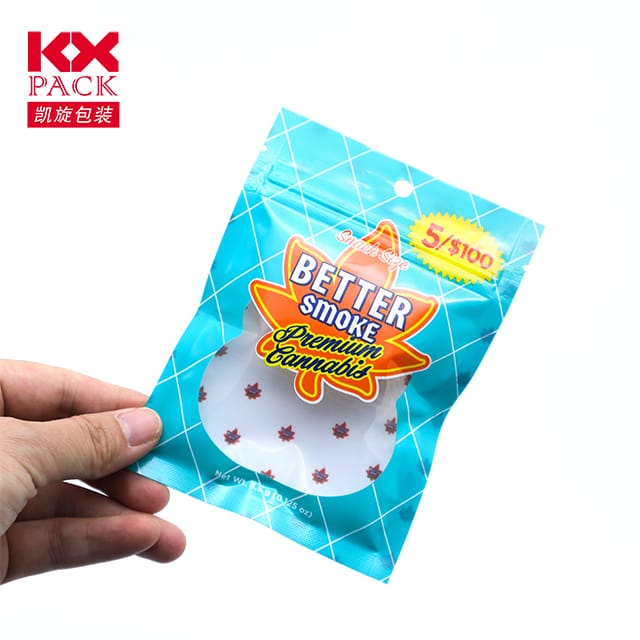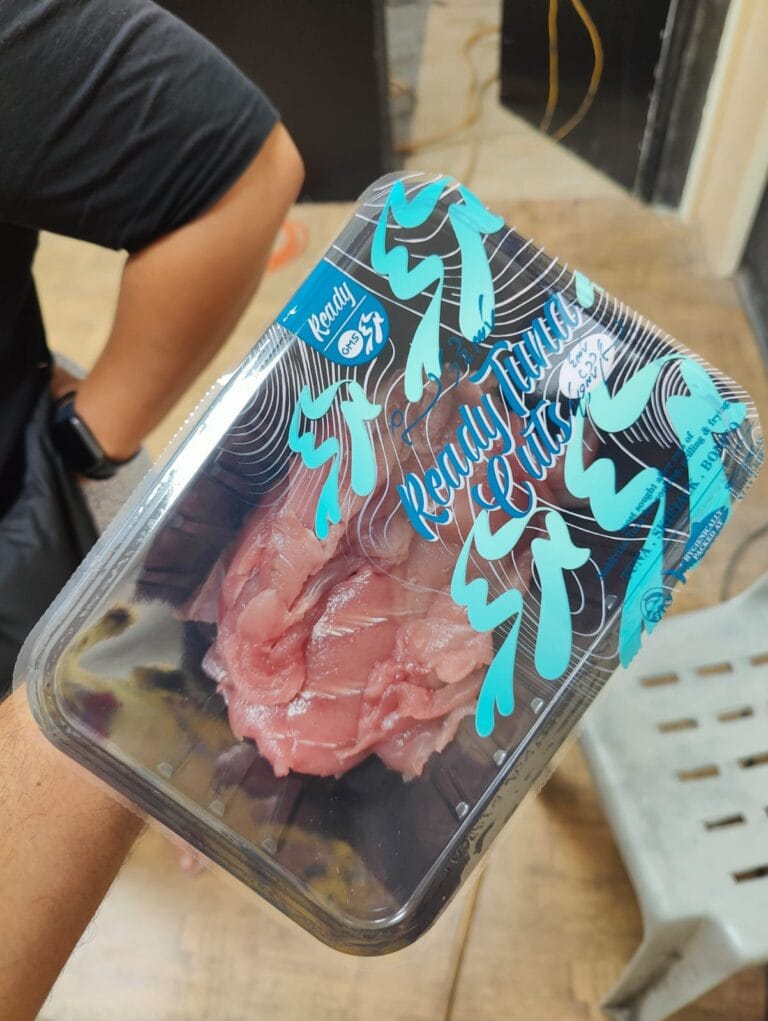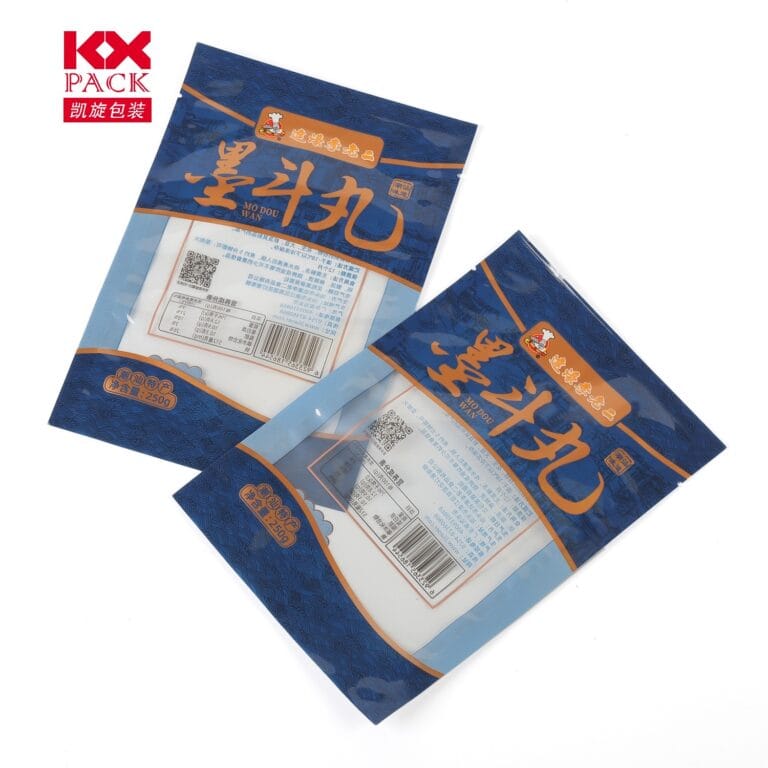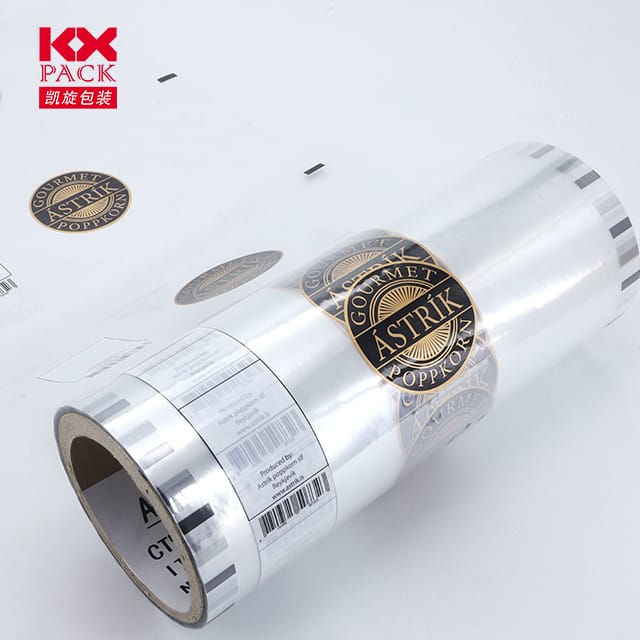El surgimiento de la película de embalaje flexible impresa: Donde la innovación cumple con la sostenibilidad
Printed Flexible Packaging Film
In an era where consumers demand both visual appeal and environmental responsibility, Printed Flexible Packaging Film se ha convertido en un cambio de juego. Este material dinámico combina la marca de alto impacto con beneficios funcionales, Transformando cómo se empaquetan los productos, comercializado, y consumido. Exploremos por qué esta tecnología está remodelando las industrias, y por qué está aquí para quedarse.
Why Printed Flexible Packaging Film? A Multifaceted Advantage
- Brand Differentiation at Shelf Level
Printed flexible films allow brands to create eye-catching designs with up to 10-color printing capabilities, from vibrant gradients to matte finishes. Unlike traditional labels, graphics are printed directly onto the film, eliminating scuffing risks and ensuring consistent quality. Por ejemplo, snack brands use shrink-sleeve films to wrap irregularly shaped products, achieving 360-degree branding that stands out in crowded aisles. - Sustainability Meets Performance
The global printed flexible packaging market, valorado en $101.48 mil millones en 2025, is projected to grow at a 5.84% Tocón a través de 2030. This surge is driven by demand for recyclable and biodegradable materials. Innovaciones como BOPP (Polipropileno orientado biaxialmente) películas now offer recyclable options without compromising barrier properties, reducing food waste by up to 30% through enhanced shelf-life preservation. - Cost-Efficiency for High-Volume Production
Flexographic printing remains the dominant method for long runs, accounting for 46.73% of the market share in 2024 due to its cost-effectiveness. Sin embargo, impresión digital is gaining traction, enabling on-demand customization for e-commerce brands. Hybrid systems that combine both methods are emerging as a sweet spot for flexibility and scale.
Aplicaciones clave: From Food to Pharmaceuticals
- Alimento & Bebida:
Stand-up pouches with spouts are replacing rigid containers for sauces and infant nutrition, offering portability and resealability. Retortable films withstand high-temperature sterilization, ensuring safety for ready-to-eat meals. - Healthcare & Cuidado personal:
Cold-seal packaging, used for temperature-sensitive chocolates and pharmaceuticals, relies on printed films with precise registration marks to align seals with graphics, mantener la integridad del producto. - Comercio electrónico:
Digital printing enables serialized codes and geo-targeted promotions on mailer bags, enhancing supply chain traceability and customer engagement.(Printed Flexible Packaging Film)
Technological Advancements Driving the Market
- Material Innovations:
- Metallized Films: Add a premium look while blocking UV light and oxygen.
- High-Shrink Films: Conform tightly to products for a sleek finish.
- Películas compostables: Made from plant-based polymers, these decompose within 180 days under industrial conditions.
- Printing Techniques:
- Flexography: Ideal for large batches, with plates lasting up to 1 million impressions.
- Impresión en huecograbado: Offers unmatched detail for high-end cosmetics packaging.
- Digital Inkjet: Reduces setup time by 70%, perfect for small-batch runs.
- Integración de envasado inteligente:
Printed films now incorporate Códigos QR y Etiquetas NFC for interactive experiences, such as tracking carbon footprints or unlocking recipes.
Desafíos & Perspectivas futuras
Despite its promise, La industria enfrenta obstáculos:
- Infraestructura de reciclaje: Solo 14% of flexible packaging is recycled globally, due to multi-layer structures.
- Cumplimiento regulatorio: Brands must navigate evolving standards like the EU’s Single-Use Plastics Directive.
Todavía, the future is bright. Por 2028, the market is expected to reach$341.6 mil millones, alimentado por:
- Sustainable Substrates: Bio-based PE and PLA films.
- Advanced Adhesives: Water-based and solvent-free options for easier recycling.
- Diseño impulsado por IA: Tools that optimize ink usage and reduce waste.
Conclusión: A Canvas for Innovation
Printed Flexible Packaging Film is more than just a container—it’s a strategic tool for brands to tell their story, reduce environmental impact, and meet evolving consumer expectations. A medida que avanza la tecnología, expect to see even more creative applications, from edible inks to self-healing materials.
Para empresas que buscan mantenerse a la vanguardia, the message is clear: Embrace flexibility, print with purpose, and package sustainably. The future of packaging isn’t just flexible—it’s intelligent.
What’s your take on Printed Flexible Packaging Film? Comparta sus pensamientos en los comentarios a continuación! 🌍✨







